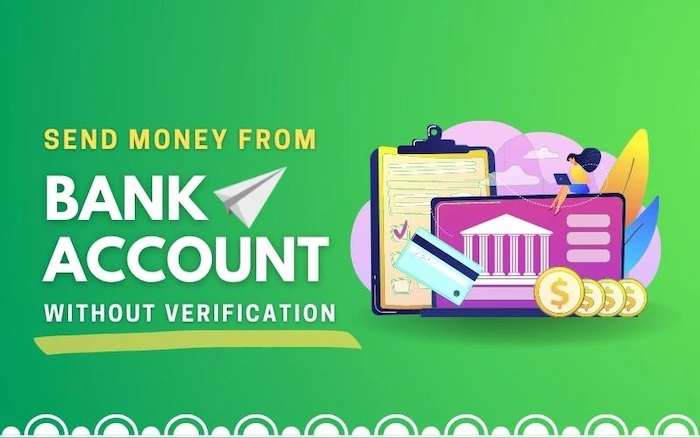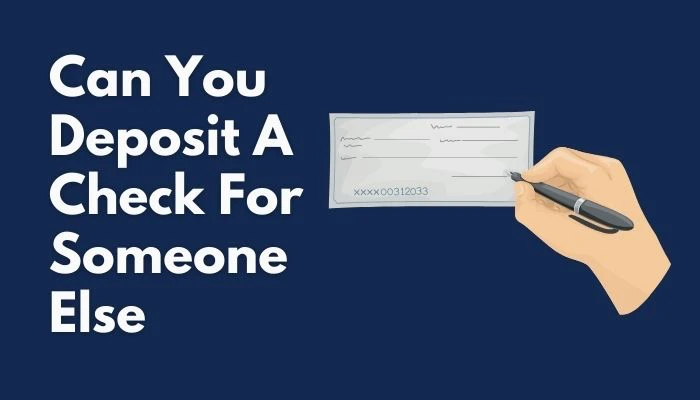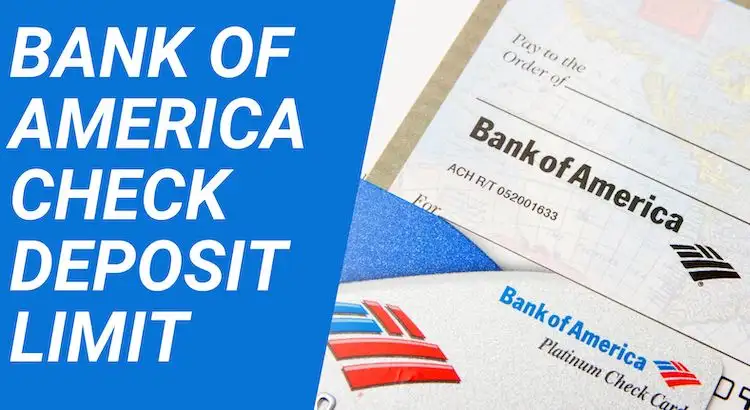A bank account enables you to withdraw and deposit money. With a bank account, you may also send cash to accounts at the same or different banks. It’s simple to transfer money from one bank account to another because all you need is the recipient’s account number. Moving money from one bank account to another necessitates the use of both the recipient’s bank routing number and account number.
Verification is the procedure of determining whether the individual performing a transaction is actually the owner of the account. Verifying your account against unauthorized access is critical but may be time-consuming and maybe cause some problems, especially if you leave out important information. Most credit unions and banks employ a two-step verification that entails receiving a one-time code in your phone number.
- Requirements Needed When Opening A Bank Account
- How To Send Cash With A Bank Account?
- How To Send Money From Bank Account Without Verification?
- Is It Possible To Cancel A Bank Transaction?
- Is It Possible To Transfer Money From A Bank Account To PayPal?
- What Are Some Of The Alternative Uses For A Bank Account?
- Is It Possible To Use A Savings Account To Send Money?
- What Steps Can I Take To Secure My Bank Account Against Unauthorized Access?
- Bottom Line
Requirements Needed When Opening A Bank Account
You may create an account with a bank online or in person. However, when you open a bank account online, it is the simplest option compared to doing so at a physical location. You must have the following items when opening a bank account:
- Identification documents
- Phone number
- Social Security Number
- Email address
- Physical address
After you’ve collected everything, the next step is to open an account. If all you have is a website, go there and fill out an application. You may then enter the information as directed after that. After you submit the application form, your financial institution will verify the information and provide you feedback in a matter of minutes. When submitting an application at a physical office, you’ll need to bring your identification cards and other documentation with you. You’ll also need to complete some paperwork and, if necessary, take photographs for your account.
After you’ve opened your bank account either at a physical branch or online, you’ll need to deposit some cash in it. Some banks don’t demand that you deposit any money when you first open an account.
How To Send Cash With A Bank Account?
You can send money to a bank account of the same or a different bank. When you send money to an account with the same bank, things proceed quickly. You must only follow the steps below:
- Visit your online bank’s website and log in.
- Go to the money transfer area.
- Select “send money”.
- Fill in the recipient’s information.
- Enter the amount of cash to be sent.
- Click send to finish the transaction.
Always double-check the transfer information to ensure that it is accurate. Some transactions may be hard to reverse, and you must forget about them once they’ve been sent. You should also know that some banks may have distinct word phrases to assist you in transferring cash to others.
In general, money transferred between institutions is reflected within a short period. By using several transfer methods, you may move funds from one institution to another. The following are some of the most common payment options:
- Direct Deposit: You may send money to your employees’ accounts using direct deposit if you have them. All you need is their routing and account numbers to pay them.
- Wire Transfer: When it comes to sending money to someone else, wire transfer is a popular method. Several businesses enable you to use wire transfer to send money across borders. MoneyGram, Western Union, and Wise are just a few of the companies that offer this service.
- ACH Transfer: The Automated Clearing House (ACH) process allows you to move money from one bank to another. ACH is a central financial institution that assists in the transfer of funds between credit unions and banks.
- Zelle: It is a popular money transfer service that lets you move money between banks quickly. It’s free to use, but there may be costs associated with transferring funds. Zelle may be used as a standalone program to send funds from Zelle to Chime.
How To Send Money From Bank Account Without Verification?

The majority of banks require identification verification when you send money to others. As previously said, withdrawing cash from your account may take some time.
You must turn off two-way verification if you want to send cash without verifying. You’ll just need to enter your password, PIN, or Touch ID after that. No bank will permit you to send cash if neither of the above is entered.
You should be aware that account verification is necessary when sending funds. It assists in the prevention of expensive errors and fraud. To ensure that things stay correct, every financial institution will attempt to persuade you of the significance of account verification.
When you open a bank account, you must also verify your identity. You must submit an identification document and your Social Security Number to the bank’s website in order to verify your identity.
You may face account limitations in terms of how much cash you can transfer and store in your account if you don’t confirm your account. In the end, you will be able to send a certain amount of cash to others without having to verify your identity.
Is It Possible To Cancel A Bank Transaction?
When you send money from one bank to another, it is simple to terminate the transaction since the money remains on hold as the transfer takes place. It takes 3 days or longer for a bank-to-bank transfer to complete. You have the option of canceling the transaction at any time during this period. Your funds should be returned to you instantly.
However, when money is transferred to a bank account of the same institution, it goes to the recipient account immediately after the transfer is initiated. As a result, you can’t reverse the transaction. In this case, you must notify the recipient to return your cash.
Is It Possible To Transfer Money From A Bank Account To PayPal?
When you include your bank details into PayPal, most banks will operate with them. For example, you’ll need to input your bank as follows:
- Go to your Wallet.
- Select Link a bank.
- Examine the list of options until you locate your bank.
- To connect your bank account to your PayPal account quickly, simply enter your credentials for your online bank account.
After you’ve connected your bank to PayPal, you’ll need to validate your bank accounts. PayPal frequently mails tiny amounts from your bank to your PayPal account for verification.
After you’ve successfully linked your bank to PayPal, you’ll need to validate your bank accounts. PayPal typically sends little cash from your bank account to your PayPal for verification. Once your bank account is confirmed, you may log in to your PayPal and request funds from it. As a result, you’ll have sent money from your bank account to PayPal.
What Are Some Of The Alternative Uses For A Bank Account?
A bank account is more than simply a method of transferring money. You can carry out a variety of transactions with your account, including the following:
- Purchasing Items and Services: You may purchase items and pay for them using your bank account. When checking out at most online stores, you may use your bank account to pay. When it comes to paying for services like electricity, water, and internet, for example, it’s the same story. You may even establish recurring payments so that cash can flow continuously into the service providers’ account without your intervention.
- Saving Money: You may save cash for your future if you open a savings account. A particular percentage of the interest that accrues in your savings account is paid out each year. The more money you save, the greater your earnings. Some bank accounts enable you to save if you keep specific balance.
Is It Possible To Use A Savings Account To Send Money?
In most situations, your savings account will not allow you to withdraw or transfer money in any manner. These accounts have a number of limitations on when and how much money you may take out of your account. In general, you may still send money via your savings account.
Checking accounts enable you to move funds to individuals or companies without limitations. You may withdraw cash at any time using the accounts. Checking accounts are an excellent alternative for people who don’t want a bank account with restrictions.
What Steps Can I Take To Secure My Bank Account Against Unauthorized Access?
There are a few methods to safeguard your account against unwanted access. The following are some of them:
- Keeping your online logging authorizations private.
- Locking a misplaced debit card.
- Changing your PIN or other logging information as soon as you detect that someone knows them.
- Never log into your bank account online using a public Wi-Fi.
Bottom Line
A bank account may allow you to send money without having to verify it. You will, however, be restricted in terms of how much money you can transfer. Verification of account protects you against money loss caused by fraudulent activities. You may still recover any funds that were sent to the incorrect recipient, particularly if they are held up by a bank’s delay in transferring them.

